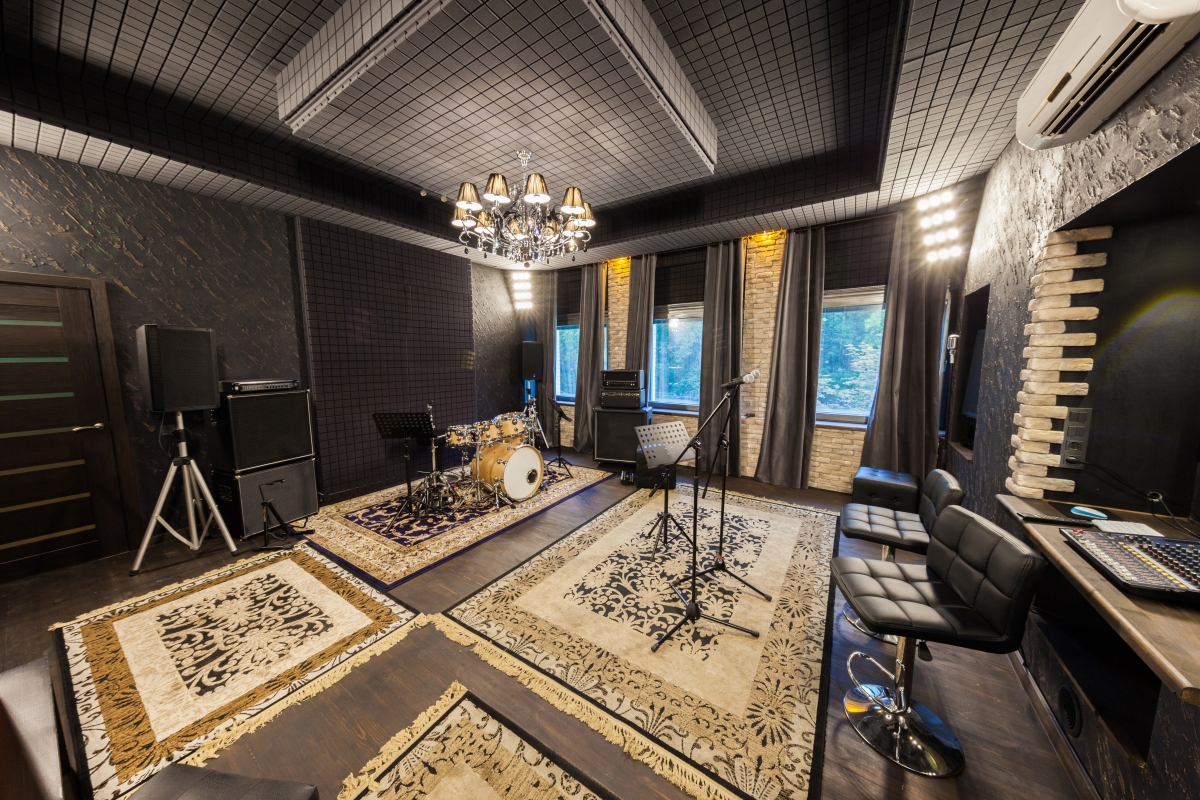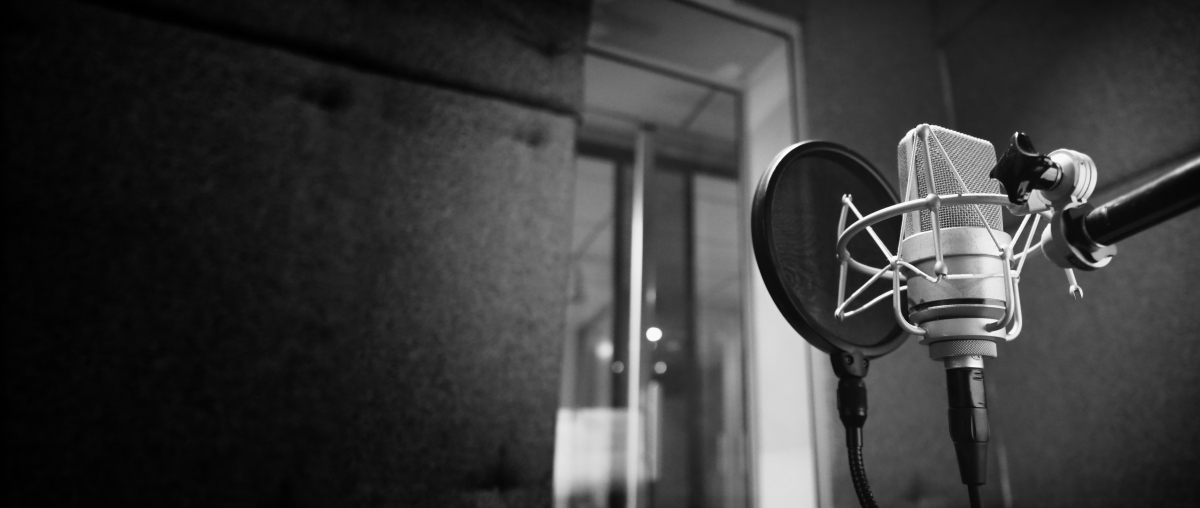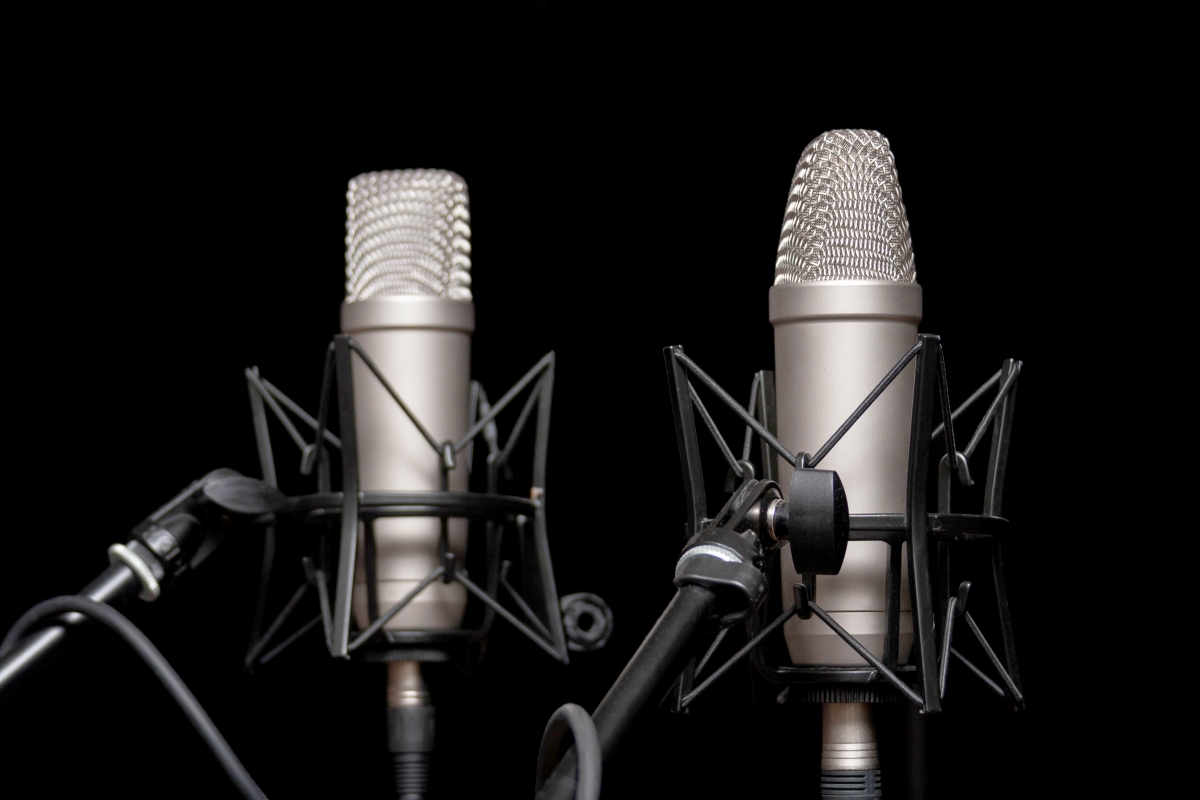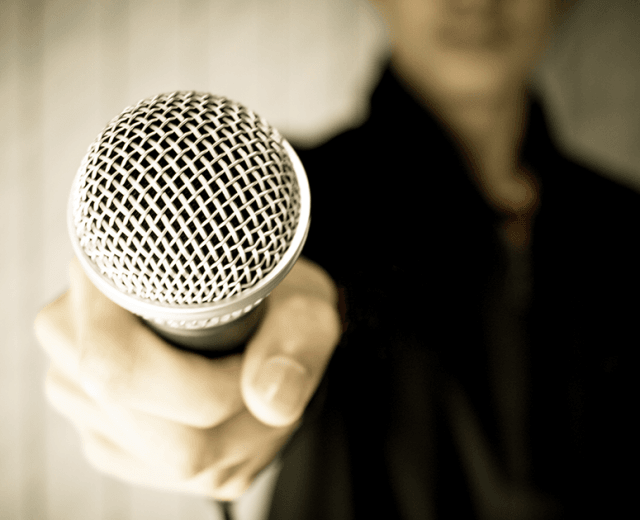In this third and final chapter dedicated to the world of microphones - and after reviewing those most suitable for live and studio recording - we now focus on the approaches to microphone recording, giving an overview of the main techniques used.
In the previous chapters, we examined a range of microphone types according to their construction and their general suitability for studio and live applications.
As we quickly understood, there are no microphones exclusively dedicated to one area or another. Of course, we must consider differing constructions and characteristics, however we always talk about the right tool for the right job and capturing the sound source as appropriately as possible.
We have learned to make choices based on the application, location and tools, and we have understood that experimentation and creativity can often lead to unexpected results.
When talking about microphone techniques, it is important to note that an entire new world of knowledge and experience is immediately unlocked when delving into this area of study. Microphone technique is an art that is refined with the knowledge of the tools used - achieved both through study and, above all, with practice. If it is true that there are "rules" more or less considered standard for some microphone recording methodologies, yet it is equally true that by trying different solutions you can produce very interesting results.

Initial considerations:
As always, we want to tackle the topic with a highly practical approach, starting off by laying some "foundations" from which to build on. These basics can then be refined upon, building technique with study and experience. These are some "considerations" that are always valid and that, with the exception of very special cases, allow us to obtain a worthy result.
One of the first considerations is to make sure that the acoustic instrument you want to record sounds pleasant to begin with. This involves checking that it is free from obvious sound defects such as unwanted vibrations and annoying secondary harmonics. Additionally, we of course want to ensure that it is perfectly in tune (tuned in the case of string instruments) and that it is able to emit a sound powerful enough to be picked up by a microphone.
At this point it is always advisable to listen to the instrument from close range first, and then from a couple of meters, so as to get a precise idea of what the timbre of the instrument is. The timbre, together with the amplitude, dynamics and the duration, constitute the characteristics of a sound. In the simplest of cases, we want to capture a sound that is as similar as possible to the original acoustic sound produced.
It might sound easy, but is it really possible to capture something that is identical to the original acoustic sound? In principle no, and for an infinite series of variables - not least the listening system with which we re-listen to this very carefully recorded sound. But let's take things in order and start by talking about approaches, rather than techniques…
Close, Mid, Far
When we place a microphone, or several microphones, to pick up an acoustic instrument, the first thing we have to
choose is the type of microphone (a topic we have covered in previous appointments). The next decision is then the distance from the sound source to place the microphone (or microphones). Here there is more or less a general
rule that tells us that the closer the microphone is, the more effectively the "dry" and direct sound of the instrument is captured. As you move away from the source, the sound is enriched with all the characteristics of the
room. By listening, we can assess as to whether any reverberations or resonances enhance, or in some case detriment, the recorded sound.

At this point we could be led to think that "close mic-ing", with a close-up placement, is always preferred. In reality, however, things are not quite that simple, and we will explain it with a practical example.
When we listen to an acoustic guitar in a room, we do not listen to it with the ear placed 20 cm from the strings, but rather inside an environment with particular characteristics that can add to the sound of the instrument. Furthermore, the propagation of sound waves in space (which we remember to be spherical in nature) causes this same sound to change through time and space. So, what we hear at half a meter is not the same
sound that our ears perceive at 5 meters, and so on. For this reason it is common to place a second microphone, in addition to the close microphone, further away from the sound source, that will enrich and make the sound more
natural.
Phase
Everything could seem easy and straightforward up to this point, if it were not for something called phase. We will approach this issue pragmatically, however we strongly recommend that those serious about sound research further into the subject, and the problems that phase can present.
We know that sound travels at a constant speed. So, if an instrument produces a sound, and we have two microphones placed at different distances from that sound source, then we know that the sound is going to reach these two microphones at slightly different times. The sound will reach the closest microphone first, and after a certain interval of time will arrive at the second, more distant microphone. This time difference is commonly expressed in ms (milliseconds).
Because of this difference in time, if we take two sounds from two microphones placed at different distances and we put them in a "horizontal" mix (i.e. one playing back at the same time as another), we will have phase discrepancies between the two signals. By this, we mean that the sound waves from one microphone may be at a different phase in their cycle to those from the second microphone. If these two sounds have a phase difference of exactly 180°, then the sound from one microphone will, theoretically, cancel out the sound of the second.

In practice, even two acoustic sounds that are out of phase will never completely cancel each other out, due to the sound undergoing changes as it moves from space. This means that the sound captured at the second point will never appear to be perfectly equal to the sound captured at the first. None-the-less,the effect of these sounds being “out of phase” can potentially be very annoying, especially when attempting to recreate an accurate representation of the sound source.
In modern digital sequencers, you can "play" with the phase at will, delaying the first sound by a few ms or anticipating the second (let nobody say that you can anticipate the first sound unless you have a time machine!), so as to find the best compromise that, in most cases, is found only by listening.
Stereophony
Since most of the listening systems have been stereo for many years now (the official date of the birth of stereophony can be traced back to 1931 with the engineer Alan Dower Blumlein, a name that you must keep in mind for several reasons...), it is equally common practice, especially for particular instruments, to make use of stereophonic mic-ing techniques. These are techniques that involve the use of two mics, placed apart, yet at similar angles and at a similar distance from the sound source.
There are many types of this, which can produce rather interesting results and effects. These techniques can have very precise details, and you can examine this, at least in a first summary study, at this very informative link (thanks to soundmaster.it).

Considering the final mix
Before concluding this short excerpt on the approach to recording techniques, we would like to make some final points on the results that we must obtain from a given sound source, with consideration to the final mix.
This is because, unless we are recording a solo piano, a classical guitar or any other single instrument, the tracks that we are going to record will be inserted into a mix of different instruments, with different characteristics but often "working" on similar or even overlapping frequency ranges.
In fact, we need to ask ourselves, what are the particular characteristics of certain instruments? What elements of the timbre must take priority for the instrument to be heard and perceived (something that is absolutely key) in our mix, without "invading" too wide a spectrum of frequencies?
As a concrete example, we’ll use the classic case of a kick drum and electric bass, two elements that often work together in an arrangement of a pop or rock song to drive the beat. Both are instruments that emit a rather impactful sound, rich in low frequencies, but one of the characteristics of the kick drum sound is given by what is often referred to as the "smack" of the drum. These are the higher frequencies that are essential to allow the kick drum to be well-defined in the mix. This sits alongside the lower frequencies, or "bottom", which are equally important. For electric bass, a similar argument applies. In order for the bass to "stand out" in the mix, the sound must be rich in low frequencies, as well as maintaining a more penetrating sound, typically obtained by plucking the strings, whether with the fingers or with a pick. With this in mind, we have to consider our microphone usage and placement so as to ensure that these characteristics are well represented in the mix. Also remember that it is often easy to remove particular frequencies, but more difficult to add.
This example makes it easier to understand why, very often, a dynamic microphone is placed immediately next to the kick drum, so as to capture the characteristic "smack", whilst another is one placed just outside the resonant skin to capture the low end “bulk” of the sound.
We could expand on these examples for hours, but we prefer to leave you to experiment and explore solutions for yourselves.
Conclusions:
It may come as a disappointment to some, but there are no hard and fast “rules” or “magic tricks” for this. Of course, there is the rule of respecting distances, as well as the benefits that various types of stereo microphones can offer, but the reality of the facts is that history teaches that some incredibly successful and “groundbreaking” sounds have sprung from endless experimentation or even real mistakes.
The true art of microphones is said to be expressed in the resumption of symphonic and classical music recording, where every detail makes a huge difference, starting with the quality of the
microphones themselves.
